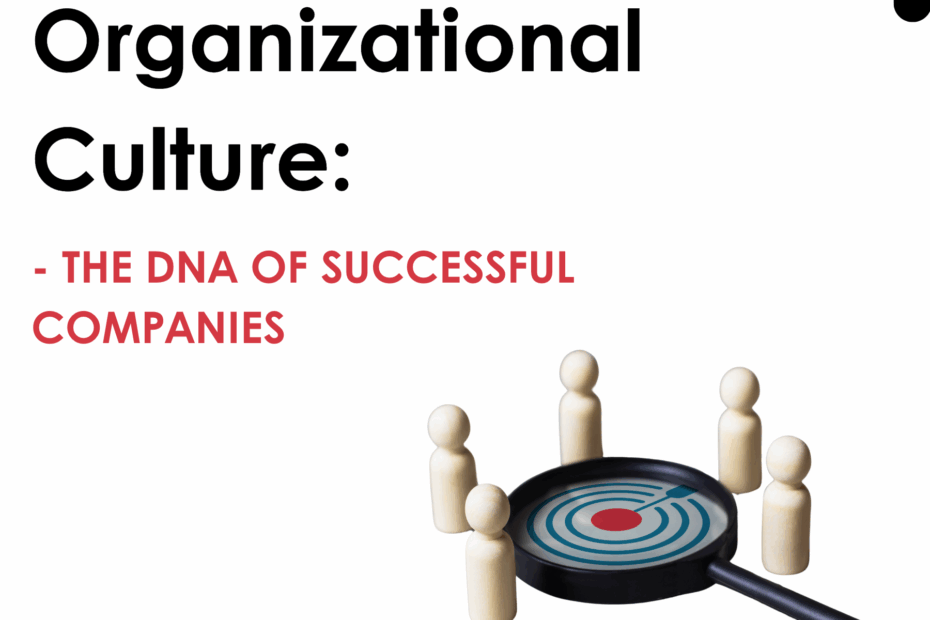Organizational culture is a central element in any work environment, as it defines the identity, values, and essence of the company. It is a set of beliefs, norms, practices and values shared by all members of the organization, which shape the way they interact, communicate and make decisions. In this sense, organizational culture can be considered as the true DNA of the company, with direct influence on several areas of its activity.
1. The Influence of Organizational Culture
Organizational culture impacts multiple aspects of the company’s internal and external functioning. Among the most relevant, the following stand out:
- Interaction with the customer: The attitude of employees towards customers reflects the institutional values of the organization. A customer-oriented culture fosters more empathetic, respectful, and efficient communication, significantly improving the consumer experience.
- Strategic decision-making: Culture serves as a guide for operational and strategic decisions, ensuring that they are aligned with the company’s mission, vision, and goals.
- Understanding of individual purpose: When the culture is well rooted, employees can clearly perceive their role within the organization, which reinforces the sense of belonging and contributes to alignment with common goals.
2. Origins and Evolution of Organizational Culture
The culture of an organization is formed over time, being a direct result of its history, the leadership exercised and the decisions that shape its path. This phenomenon is dynamic, as the culture evolves as the company faces new challenges, celebrates achievements or goes through moments of change.
This culture can manifest itself in a visible way, such as through the dress code, the organization of the workspace or rules of conduct; and in a subjective way, such as in conflict resolution practices, internal communication styles or the way employees face daily challenges. Thus, a pattern of behaviors and attitudes is established that shapes the interactions between teams and defines the dynamics of the organizational environment.
3. Impact of a Positive (or Negative) Culture
A strong and positive organizational culture is a differentiating factor and driver of success. It is usually associated with:
- Greater motivation and commitment of employees;
- Talent retention and lower turnover;
- Increased productivity and efficiency;
- Greater capacity for innovation and adaptation to change;
- Ease in achieving organizational objectives.
These benefits extend not only to the internal well-being of the team, but also to the overall performance of the company and its financial results. On the contrary, a weak, toxic, or misaligned culture can result in demotivation, recurring conflicts, low productivity, high turnover, and an unstable and unsatisfactory work environment.
4. Conclusion
Promoting a healthy organizational culture that is aligned with the company’s values and goals should be a strategic priority for any organization that aspires to grow sustainably. More than a set of good practices, culture is a structuring pillar that influences internal cohesion, innovation, performance and the ability to adapt to the market.
Thus, investing in building and maintaining a strong culture is undoubtedly investing in the success and longevity of the organization itself.
